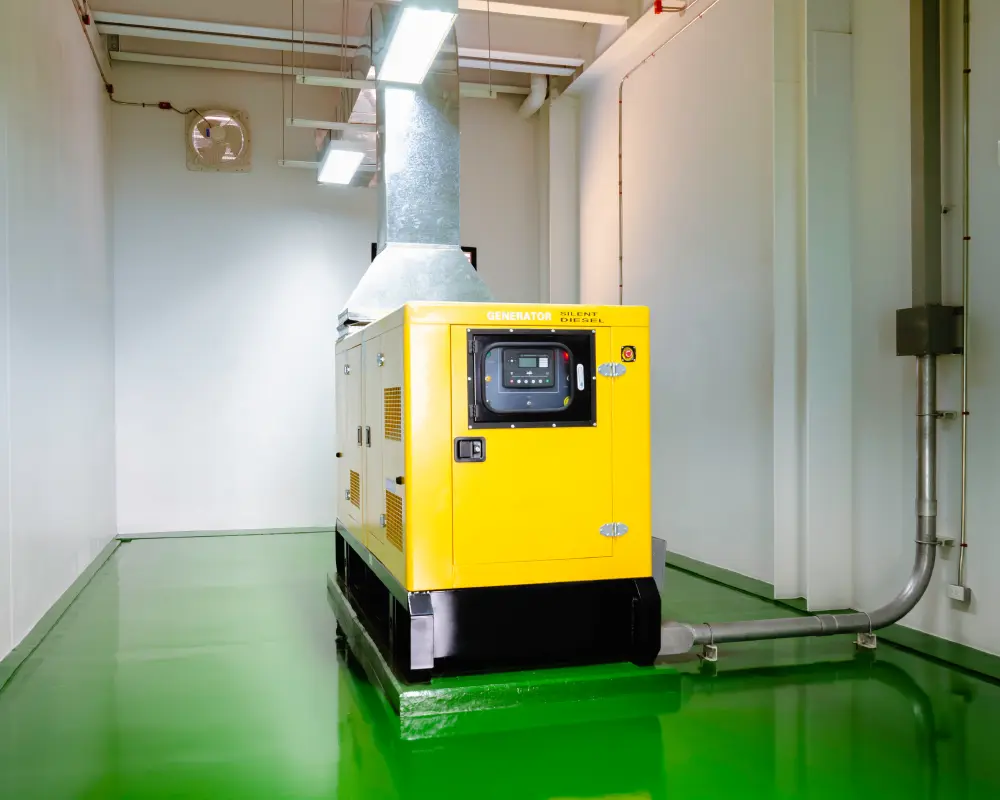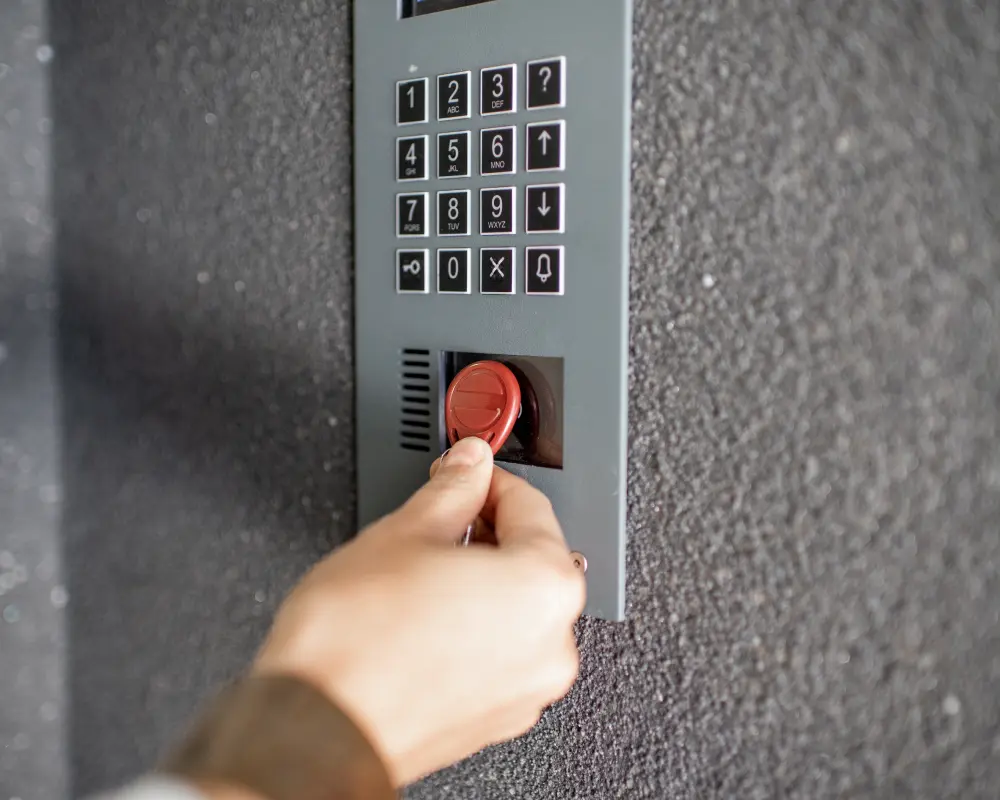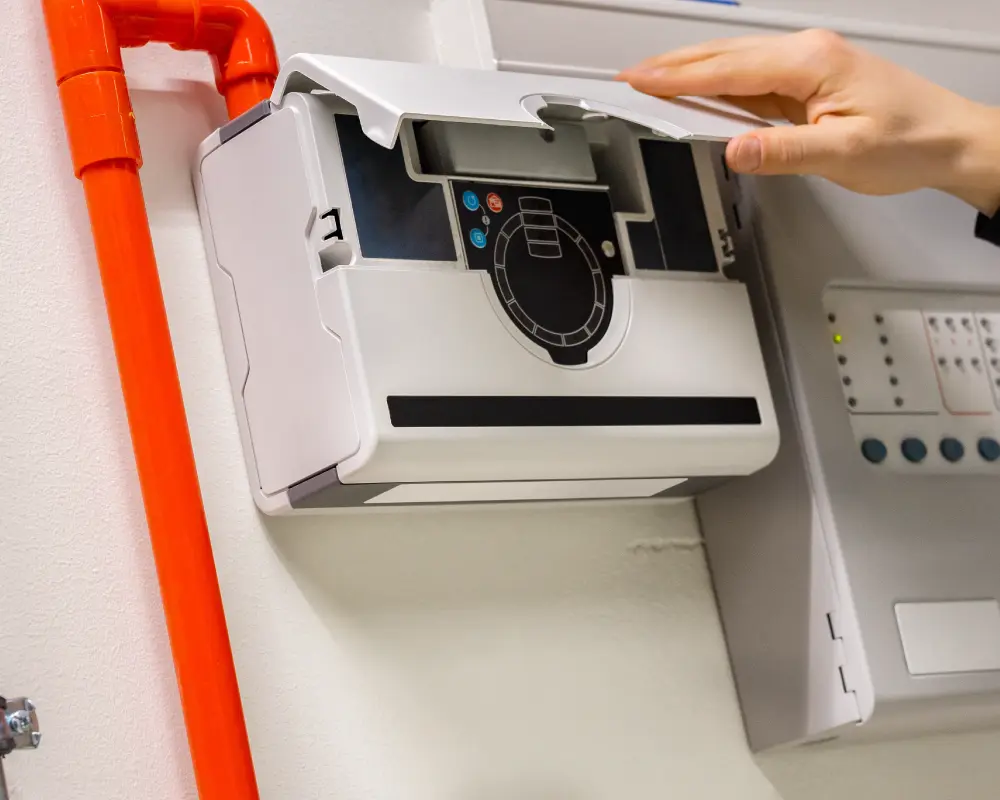
Backup Generators Can Save Thousands in Lost Business
In today’s world, where power reliability is less certain due to various factors ranging from weather to infrastructure issues, the role of backup generators in ensuring continuous power supply cannot be overstated. An emergency backup generator serves as a crucial component for businesses and homes alike, providing power during outages and preventing the disruptions that can come from sudden electricity loss.
Understanding Emergency Backup Generators
An emergency backup generator is designed to kick in automatically when the main power supply fails. These generators are typically powered by diesel, natural gas, or propane and can provide electricity to critical systems and appliances until the main power is restored.
Importance of Backup Generators
Backup generators offer numerous benefits:
- Continuity: They ensure that essential services such as medical equipment, heating systems, and refrigerators continue operating during a power outage.
- Safety: By keeping lights and security systems active, they enhance safety during unexpected blackouts.
- Convenience: They prevent disruptions in daily activities that rely on electricity.
- Protection: For businesses, they prevent data loss and help avoid equipment damage that can result from sudden power failures.
Backup Generator Installation

Backup generator installation involves several steps and considerations to ensure that the generator functions effectively and safely:
- Site Assessment: Professional installers first assess the installation site to determine the best location for the generator, considering factors like safety, accessibility, and noise.
- Size and Capacity: The size of the generator should be chosen based on the power requirements of the home or business. This involves calculating the total wattage of all the appliances and systems that will need power during an outage.
- Professional Installation: Due to the complexity and safety concerns associated with backup generators, professional installation is recommended. This includes setting up the generator, connecting it to the fuel source, and integrating it with the existing electrical system.
Backup Generator Cost
The backup generator cost can vary widely depending on several factors:
- Size and Power Output: Larger generators that can power a whole house or a large business facility cost more than smaller models designed for basic needs.
- Type of Fuel: Generators that run on natural gas might be more expensive upfront than those that run on diesel or propane, but the operational costs can differ due to fuel price fluctuations.
- Installation Complexity: The cost of installation can increase if the site requires significant preparation work or if additional components like transfer switches or special exhaust systems are needed.
Maintenance of Backup Generators
To ensure reliability when it’s most needed, regular maintenance of an emergency backup generator is essential. This includes:
- Routine Checks: Regular inspections to check the engine, fuel system, battery, and connections.
- Load Testing: Running the generator under load for a specified period to ensure it operates as expected.
- Fuel Replacement: Replacing old fuel that could have degraded if the generator has not been used for an extended period.
Why Invest in an Emergency Backup Generator
Investing in an emergency backup generator is a proactive measure to safeguard against the potential chaos of power outages. For businesses, this investment can significantly prevent revenue loss caused by downtime. For homes, it enhances comfort and security during emergencies.
Choosing the Right Backup Generator
When selecting a backup generator, one should consider:
- Power Needs: Assess the essential appliances and systems that need power during an outage and select a generator that can meet these demands.
- Fuel Availability: Consider the availability and cost of the fuel type in your area.
- Local Regulations: Some areas have specific codes and regulations regarding the use of generators, which might affect the choice of generator and its placement.
Backup generators are a critical investment for ensuring uninterrupted power supply in the face of increasingly unpredictable electrical service. The cost of a backup generator and its installation might seem substantial, but the benefits of having a reliable power source during emergencies can far outweigh these initial expenses. With careful planning, professional installation, and regular maintenance, an emergency backup generator can provide peace of mind and substantial returns in the form of protection against potential losses due to power outages.
Follow us on Facebook and LinkedIn, or read more posts here.




